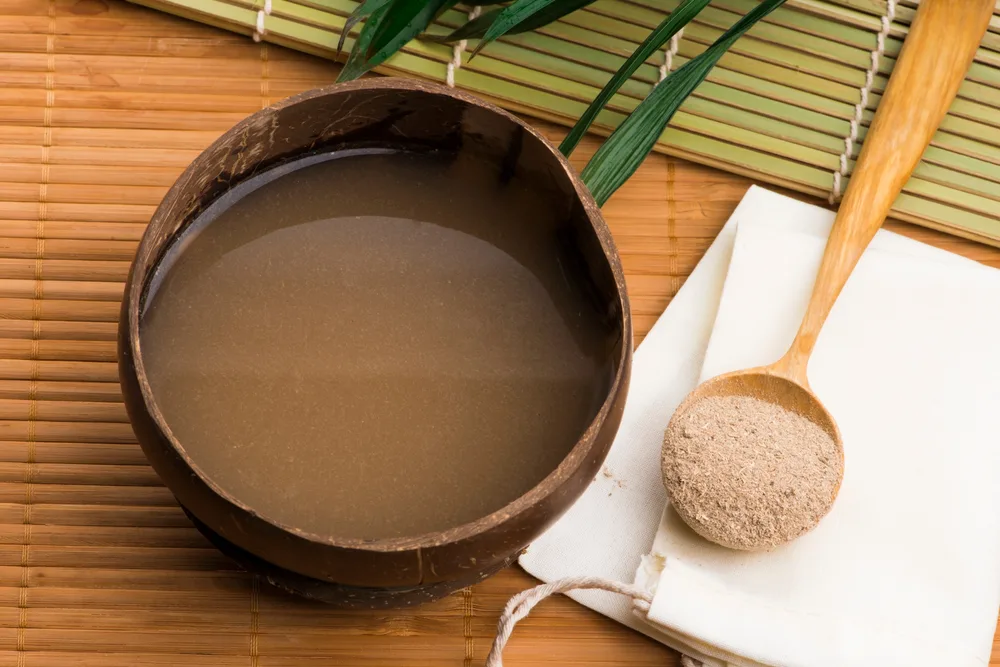


One of the most common yet very dangerous misconceptions that people have on the drug use scene is that "natural" is healthier, safer, and better than synthetic drugs. The notion stems from various reasons, including cultural beliefs, historical usage, and a general preference for things perceived as "pure" or untainted. Nature is good for humans, but not all natural products are effective. Contrary to what many people think, natural drugs carry side effects, some of which may even have serious safety concerns.
In the same breath, people assume that synthetic drugs have toxic chemical composition and are potent and dangerous. But that's not always the case. This article will explore the common misconceptions surrounding "natural" and synthetic drugs. We'll debunk myths about their potency and risk, and clarify the difference between these types of drugs.
As the name suggests, natural drugs are derived from plants, fungi, or other naturally occurring sources. The drugs are often made with little processing and without additional ingredients. Common examples include:

Synthetic drugs are chemically created in a home or medicine lab to mimic another drug like morphine, cocaine, or marijuana. The resulting drugs typically have an entirely different effect on behavior and the brain. Common examples include:
Let's debunk the myths surrounding natural and synthetic drugs.
The belief that natural drugs are inherently safer is a common misconception. While some natural substances may have a long history of traditional use, it does not guarantee safety. Natural drugs can have potent effects and carry risks of adverse reactions, toxicity, and dependency. For example, opioids derived from poppy plants can lead to addiction and overdose.
Synthetic drugs are chemically made in the lab but are sometimes riskier than natural alternatives. People associate the word chemical with toxic, but everything is made of chemicals, including the fruits we take, dishes we use, and even natural drugs. While some synthetic drugs can be potent and have unpredictable effects, others, when properly regulated and used as prescribed, can be safe and effective. Pharmaceuticals like antibiotics, pain relievers, and certain psychiatric medications are examples of synthetically produced drugs that undergo rigorous testing for safety.
Contrary to the common misconception that natural drugs are pure, it's essential to recognize that all drugs, whether natural or synthetic, have the potential to cause side effects. In fact, some natural drugs may even pose serious health risks.

For instance, Kava is a traditional drink used in the South Pacific for its sedative and anxiolytic effects. However, its consumption has been linked to liver toxicity, leading to regulatory restrictions in some countries. Ephedra, which is used for weight loss and energy enhancement, has also been associated with cardiovascular issues, including high blood pressure, heart palpitations, and even cases of stroke.
While it's true that some synthetic drugs can be potent and carry significant risks, not all synthetic drugs are highly potent or inherently dangerous. Many synthetic drugs are developed for legitimate medical purposes and are used safely under medical supervision. The dangers associated with synthetic drugs often arise when they are produced and used in uncontrolled or illicit settings without proper regulation or oversight.
Fentanyl, for instance, is a potent synthetic opioid that, when used appropriately and under medical supervision, can be a valuable tool for managing severe pain. The potency of fentanyl is much higher than that of some natural opioids like morphine. The dangers of drugs like fentanyl often arise when it is illicitly manufactured and enters the illegal drug market. Illicitly produced fentanyl, often mixed with other substances, has been a major contributor to opioid-related overdoses and deaths.
It's also worth noting that synthetic drugs cover a wide range of drugs. Heroin, for instance, is technically a synthetic drug, but it comes from the opium plant. In comparison, bath salts are made using amphetamine-type stimulants and highly synthetic chemicals.
The source of a drug (natural or synthetic) doesn't inherently determine its potential for substance abuse; many natural drugs can indeed lead to dependence and addiction. Addiction is a complex phenomenon influenced by various factors, including the drug's pharmacological properties, individual susceptibility, and patterns of use. Natural drugs like opium, cannabis, tobacco, kratom, and coca all have a high potential for addiction due to their effects on the brain's reward system.

The idea that natural drugs are universally safe or that synthetic drugs are always dangerous oversimplifies a complex landscape of substances with diverse effects. The world of substances is diverse, and each drug possesses unique characteristics, effects, and risks. A blanket assumption of safety or danger fails to acknowledge the nuances that distinguish one substance from another.
The misconceptions can lead to unsafe practices, misinformation, and potentially harmful decisions. Knowledge is a powerful tool. Being well-informed about the substances you choose can empower you to make choices that align with your values, preferences, and health goals.
Comprehensive drug education can help dispel myths surrounding drug use, particularly those related to the perceived safety of natural drugs and the assumed dangers of synthetic drugs. It can provide access to accurate and evidence-based information about the effects, risks, and potential consequences of both natural and synthetic drugs. It also helps one understand that each drug has distinct characteristics and potential risks, preventing oversimplified assumptions about drug safety or danger.


